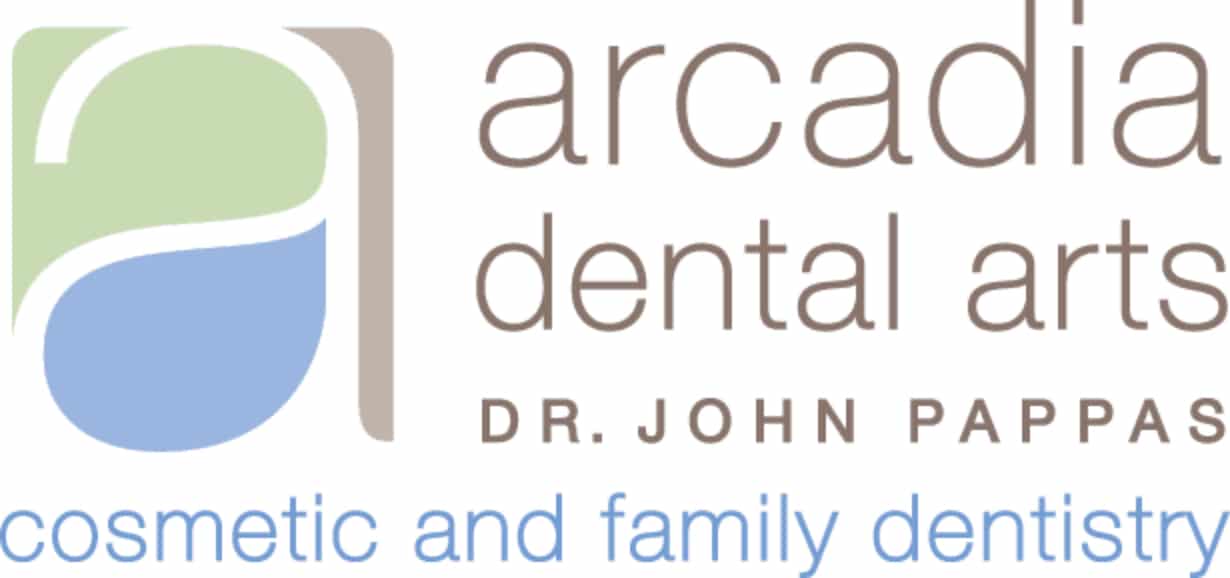What Is TMJ Disorder?
Does your jaw make a clicking or popping sound every time you open and close your mouth? Sometimes this can be a symptom of a condition called a TMJ disorder. The temporomandibular joint, or TMJ, connects your jaw bone to your skull and is responsible for opening and closing your mouth along with moving your jaw from side to side.
You can feel this joint by placing your hands on your face in front of each ear and opening and closing your mouth
TMJ and TMD are used interchangeably, intending the same thing. TMJ is supposed to stand for the joint itself, the temporomandibular joint. When problems arise with the TMJ, the condition is usually referred to as temporomandibular joint disorder, TMD.
What Causes TMJ Disorder?
There’s still no definitive answer for what causes this disorder but research shows the following likely play a role:
- Trauma or injury to the jaw
- Grinding or clenching of the teeth, also called bruxism
- Misaligned bite
- Stress
- Arthritis
What Are Symptoms Of TMJ Disorder?

According to the American Dental Association, over 15% of Americans suffer from chronic facial pain including headaches, earaches or jaw pain. Most of the symptoms of TMJ dysfunction include one or more of the following:
- Difficulty or pain when chewing
- Clicking or popping when opening the mouth
- Teeth grinding or clenching
- Pain or ringing in the ears
- Headaches or migraines
- Facial or jaw aches and pains
- ‘Lock jaw’
What Treatment Options Are Available For TMJ?
Many doctors and dentists address the symptoms of TMD but don’t treat the actual source of the issue. Dr. Pappas believes in getting to the root of the problem that is causing the pain or discomfort. Customized treatment plans are vital for success as there’s no one size fits all solution since every case of TMD is unique.
A variety of approaches are used to treat TMD. These can run from relaxation exercises at home to anti-inflammatory medications, from traditional dental work to creating a splint for nighttime use. Sometimes, it’s a process of trial and error for Dr. Pappas as TMD can be difficult to pinpoint causation. In these cases, Dr. Pappas will try a certain approach and if it doesn’t have the desired effect, he’ll move to the next option.
These Are Some Of The Methods We Use To Help Our Patients Overcome TMD:
- Cosmetic dentistry– To correct alignment, we can replace missing teeth with dental implants or bridges, crown overly worn teeth, or move the teeth with orthodontics. This can involve widening constricted arches.
- Splints or night guards — Night grinding and clenching is often a main factor in TMD. To combat this, it’s important to put the jaw in the correct position at night. To do this, we fabricate plastic mouthpieces that fit over the upper and lower teeth. These are usually only worn at night.
- Exercises — Tightening the jaw muscles and clenching the teeth is a common cause of TMD problems. We have various jaw exercises that stimulate and relax the jaw muscles.
- Medication— Muscle relaxants and anti-inflammatory medication can be effective.
- Lifestyle changes — Stress and anxiety are often root causes; stress reduction techniques are important.
- Transcutaneous electrical nerve stimulation (TENS) — Small electrical pulses are delivered to the jaw muscles through a small wand. These pulses stimulate the nerves, encouraging the muscles to relax and the jaw to fall into alignment.
- Botox injections — While Botox is known for its ability to erase wrinkles on the upper third of the face, it can also be used for TMD patients. It is very effective for relaxing the overused muscles that lead to TMD pain.
Why Is Treatment Necessary?
People sometimes believe their TMD is simply the result of a phase in life, such as a stressful situation at work. If the stressors are removed, a person’s TMD may resolve itself. But if the jaw is out of alignment, the condition needs treatment. Correction may be as simple as creating a custom night guard to wear while sleeping to stop teeth grinding and clenching, or treatment may be much more involved. Every case is unique. In extreme cases, surgery could be necessary. If you opt to do nothing and your jaw is out of alignment, you’re headed for chronic pain — pain in your jaws, mouth, teeth, ears, neck, shoulders, and head. This is completely unnecessary thanks to Dr. Pappas’s experience treating TMD.
How Dr. Pappas Diagnoses TMJ
As noted above, TMD can often be misdiagnosed because it exhibits symptoms similar to other conditions. But when Dr. Pappas suspects TMD, he will first probe for areas of tenderness around the jaw joints. This is a sign that the muscles are being overworked due to jaw misalignment. You’ll be asked to open and close your jaw, and he listens for clicking, popping, and grating — these are telltale signs of TMD.Other tests are also employed, if necessary:
Full-Face X-Rays, Or CT Scans
These may be used to view the position of the jaw and temporomandibular joints.
Electromyography (EMG)
This method uses the electricity generated by jaw muscles to measure both muscle and nerve function. It can help to see when there is a reaction (such as pain) to movement.
Computerized Test Equipment
This is used to measure the correct resting position of the jaw, identifying misalignment problems.
How Long Will It Take To Feel Relief With TMJ Treatment?
Full resolution of your pain with TMD can take up to a couple of years. Timeframes are really impossible to estimate because each patient has a unique set of conditions leading to his or her TMD. If serious dental conditions must be addressed with treatment such as orthodontics, treatment may take up to a couple of years. In other cases, TMJ may resolve on its own when a person realizes they are clenching their jaw and creating other stresses. Sometimes, something as simple as wearing a night guard changes everything. Once Dr. Pappas is able to examine your unique situation he can give you an idea of what will be involved in moving past the pain.
What Our Patients Have To Say
"We have been going to Arcadia Dental Arts for years. Their infection control practices were stellar before covid 19. I visited them today for a check up and was very comfortable being there. They are taking every measure to insure their patients' safety!"
-Bridget D.
Is treatment covered by insurance?
Most insurance companies view temporomandibular joint disorder as a medical condition more than a dental procedure, and treatment is usually covered. At Arcadia Dental Arts, we work with insurance companies to find the best possible coverage for our patients.
At home treatments
For some patients, exercises for the jaw can relieve their pain. Exercises, of course, cannot correct a jaw that is out of alignment, but if other issues such as stress are behind your jaw clenching, these exercises may help:
- Relaxed jaw exercise — Place you tongue on the roof of your mouth behind your front teeth. Consciously let your lower jaw relax downward, slightly separating your teeth.
- Goldfish exercises — Place an index finger in front of your ear where your TMJ is located. Put another finger on your chin. Open your jaw either halfway or all the way and feel the slight resistance.
- Chin tuck — Lightly link your hands behind your bottom to push your shoulders forward. Now pull your chin straight back as if you’re trying to create a double chin.
- Jaw resistance — Put your thumb under your chin and create some resistance as you open your mouth. Pinch your chin with forefingers and thumb of both hands to hold it when your mouth is open. Then close your mouth feeling the resistance.
- Tongue up — Hold your tongue up against the roof of your mouth, and then slowly open and close your mouth.
- Side-to-side and forward jaw movement —Place an object that’s about ¼ inch between your front teeth. First move your jaw slowly from side to side with the object between your teeth. Then do the same thing, but this time move your bottom jaw forward so your bottom teeth are in front of your top teeth.
Schedule A TMJ Treatment Today!
Dr. Pappas has over 20 years of experience helping patients identify the source of their TMJ related discomfort. If you’re tired of living in pain, contact us at 602.957.9643 and start your journey to healing.


